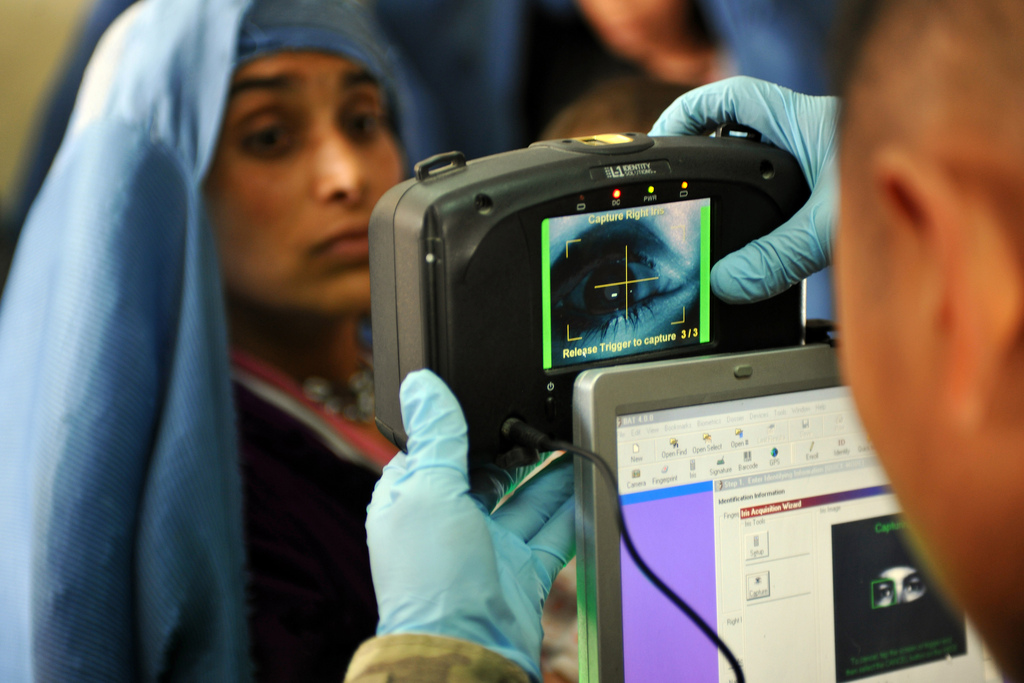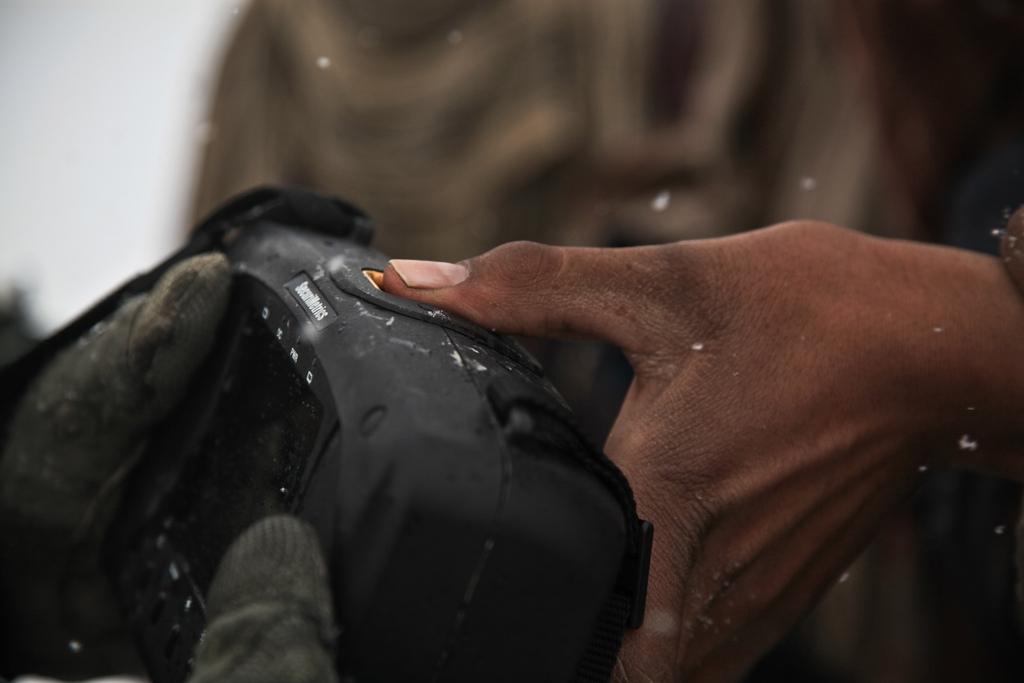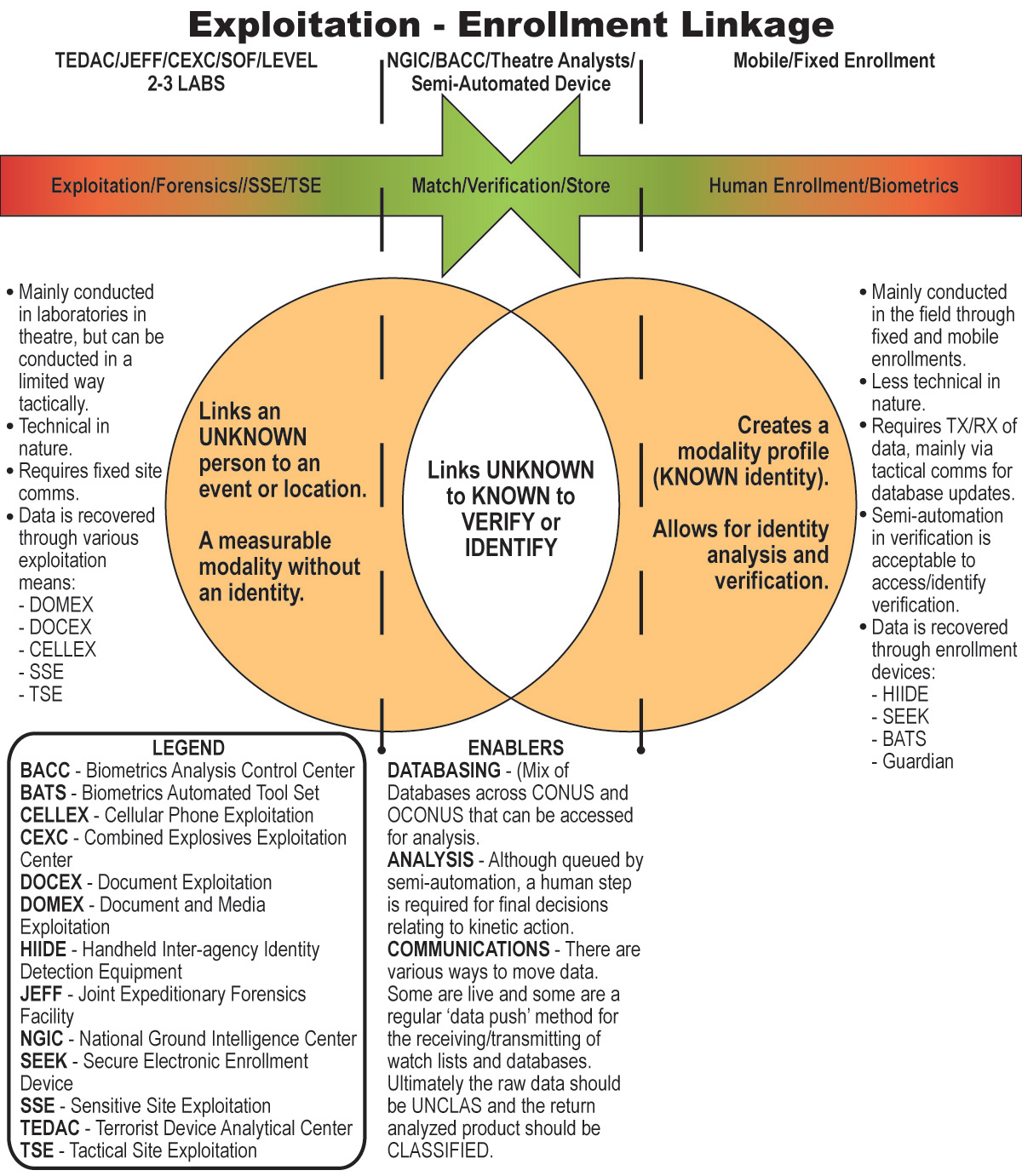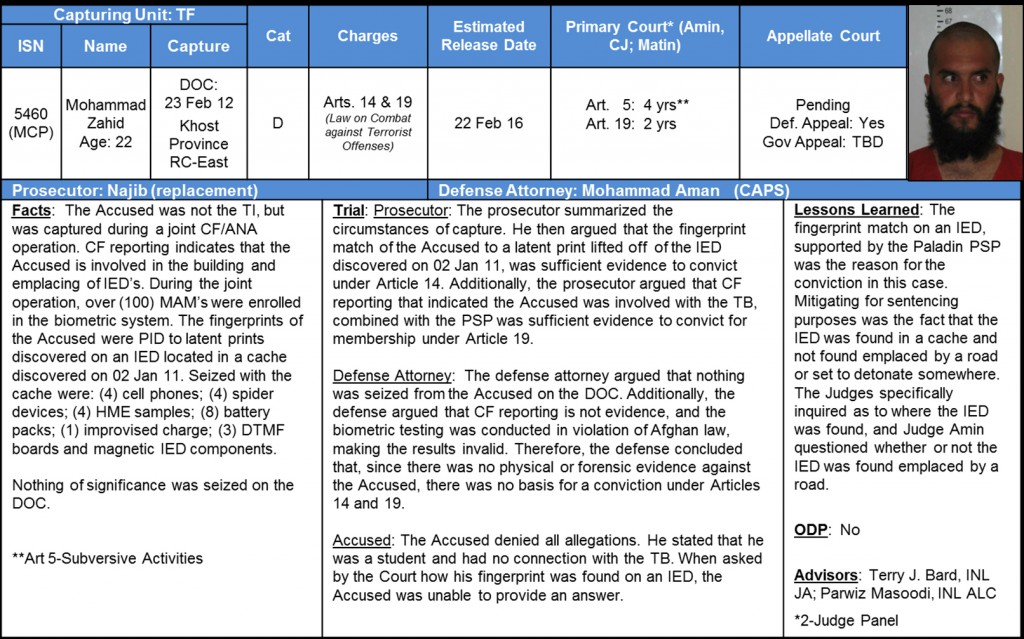
Former U.S. Rep. Allen West, R-Fla.
Former Rep. Allen West, R-Fla., says an attack one year ago on a power plant in California was a “dry run” for something bigger, and American needs to be paying attention.
WND reported the utility company, whose operation was disabled in the attack, has offered a $250,000 reward for the arrest and conviction of the perpetrators.
According to authorities, a team of attackers apparently cut a series of underground fiber optic telephone lines then fired guns at 17 transformers and shot out their cooling systems.
Experts have called the attack an act of terrorism, and West agrees.
He wrote on his website that just a year ago Americans were riveted by the Islamic terror attack at the Boston Marathon.
“But a year ago, there was another attack that while not horrific, was disturbing, and has gone largely unnoticed,” he wrote.
“On April 16, 2013, snipers waged a 52-minute attack on a central California electrical substation. According to reports by Fox News and the Wall Street Journal, the sniper attack started when at least one person entered an underground vault to cut telephone cables, and attackers fired more than 100 shots into Pacific Gas & Electric’s Metcalf transmission substation, knocking out 17 transformers. Electric officials were able to avert a blackout, but it took 27 days to repair the damage,” he wrote.
He said while the FBI doesn’t consider the incident terrorism, the chief of the Federal Energy Regulatory Commission at the time, Jon Wellinghoff, does.
“Wellinghoff … based his conclusion that this was terrorism on the analysis of experts he brought to the crime scene. The analysis pointed to the shell casings having no fingerprints and evidence that the shooting positions had been pre-arranged. No arrests have been made in the case,” West wrote.
“You have to wonder if this is even being pursued by the Obama administration?
“My concern is that this may have been a dry run for something far bigger. We should be demanding an update on the investigation as to the perpetrators of this attack who escaped without detection,” he said.
“If this ends up being a dry hole and just the work of some bad apples, I’ll accept that conclusion. However, I cannot accept the blatant disregard of a deliberate, well planned and executed attack on an electrical substation that left not a trace of evidence — that my friends is not amateurish. Nothing in this day and age of the new 21st Century battlefield can be taken for granted – nothing.”
Read the book that’s documenting the worry about the EMP threat, “A Nation Forsaken.”
See a report on the attack:
A spokesman for the utility, Gregg Lemler, said he would like to see the attackers identified and brought in.
The attack came one day after the Boston Marathon bombing that killed three people and wounded 264 others. The Boston Marathon suspects are from the Russian North Caucasus, which prompted the Federal Bureau of Investigation to get involved in the investigation of the sniper attack on the transformers.
There is a large community of Chechen and North Caucasus immigrants in the San Jose area.
Not easily replaced
The goal of shooting out the 17 large transformers in San Jose apparently was to cause the coolant to drain and the substation’s transformers to burn up and create a major blackout in the area.
In the attack, one or two individuals also went down manholes at the suburban San Jose facility and cut fiber cables that knocked out 911 and landline service to the power station.
Depending on their size, larger transformers are imported and are specially designed, which means they are not easily replaced. Some take up to three years to swap out under normal circumstances.
Video indicates there was more than one shooter. The snipers shot out 17 transformers with AK-47, 7.62x39mm rounds, causing some $15 million in damage and taking a month to repair.
Quick action following the attack allowed officials to reroute power to avoid a blackout.
Dress rehearsal?
In a recent interview with WND, former SEAL operator Christopher Heben said the method by which the transformers were attacked is exactly how the SEALs would have done it.
As a SEAL, Heben said that he and others practiced a takedown of grid systems similar to the one in San Jose to assess vulnerability.
Heben also called the episode a terrorist attack, saying it was possibly practice for larger attacks on the electrical grid system across the country.
Wellinghoff called the attack “the most significant incident of domestic terrorism involving the grid that has ever occurred, and opined that it was a “dress rehearsal to a larger terrorist attack.”
As WND reported last year, former Central Intelligence Agency Director James Woolsey said the San Jose incident was a terrorist attack that could be replicated around the country by lone wolves or organized crime or terrorist groups to cripple the vulnerable national electrical grid system.
Woolsey said the San Jose episode showed that a few determined individuals could attack the grid and affect critical life sustaining interdependent infrastructures that affect millions of Americans.
Chad Sweet, a former Central Intelligence Agency official in the directorate of operations who served as chief of staff to former U.S. Homeland Security Secretary Michael Chertoff, told Fox News “you can’t rule it out” that the San Jose attack was a “preparation for an act of war.”
Sweet, a co-founder of the Chertoff Group who advises the electric power industry on security, believes, however, it is “premature” to call it a terrorist attack, as does the FBI.
Sweet said it is possible, given the sophistication of the attack, that it was an “insider” job. He explained it required knowledge of the location of the fiber phone lines and where to shoot into the transformers from a distance.
If that’s the case, it would coincide with Woolsey’s concerns and with warnings the FBI has given separately to be aware of the prospect of “lone wolves” undertaking terrorist.
The still unsolved San Jose sniper attack also has been followed by a recent report from the New Jersey Regional Operations Intelligence Center that electric grids across the country have faced unauthorized intrusions, making the U.S. grid “inherently vulnerable” to widespread sabotage.
The report said there had been eight intrusions at electrical grids just in New Jersey from October 2013 to January 2014.
The report said that such attacks could knock out power over widespread geographical areas of the country.
There is speculation that the incidents outlined in the NJROIC report may be a prelude to a large, coordinated physical attack on the grid, a view shared by former CIA Director Woolsey and ex-SEAL Heben.
The report also pointed out that very sensitive areas of the electrical grid were found to be lightly monitored, leaving them vulnerable to attack.
“The electrical grid – a network of power generating plants, transmission lines, substations, and distribution lines – is inherently vulnerable,” the report said.
“Transmission substations are critical links in the electrical grid, making it possible for electricity to move long distances and serving as hubs for inter
secting power lines,” according to the report. “Many of the grid’s important components sit out in the open, often in remote locations, protected by little more than cameras and chain-link fences.”
New standards
The North American Electric Reliability Corporation, or NERC, has proposed new standards to enhance the grid’s resilience by requiring physical security for the facilities most critical to the reliable operation of the bulk-power system.
Acting FERC Chairman Cheryl LaFleur said that because the grid is “so critical to all aspects of our society and economy, protecting its reliability and resilience is a core responsibility of everyone who works in the electric industry.”
Under the proposed FERC regulations, the facilities must take at least three steps to provide physical security.
Owners and operators will need to perform a risk assessment of their system to identify facilities which, if damaged or inoperable, could have a critical impact on the bulk-power system.
The overseers also must evaluate potential threats and vulnerabilities and develop and implement security plans.
NERC has 90 days to submit the proposed standards.
The proposal apparently does not include provisions for utilities to harden facilities to resist natural or man-made electromagnetic pulse, or EMP, attacks on the grid.
 A Yemen military official on Saturday says that at least fifteen people were either killed or wounded when a missile from a U.S. drone struck vehicles traveling on a road in the central province of al-Bayda.
A Yemen military official on Saturday says that at least fifteen people were either killed or wounded when a missile from a U.S. drone struck vehicles traveling on a road in the central province of al-Bayda. 







